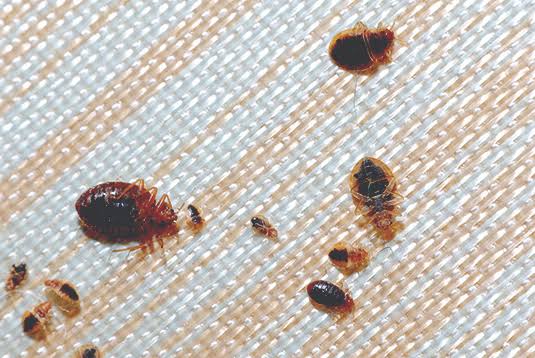Bedbugs are a common problem, as highlighted by the recent alarming outbreak of bedbugs in Paris.
Despite their prevalence, misconceptions about these blood-feeding insects have persisted for years, leading many to believe unfounded myths.
In this blog post, our goal is to reveal the facts and dispel prevalent misunderstandings regarding bedbugs.
From their habits and habitats to their control and eradication, separating fact from fiction is crucial in ensuring that we are well-equipped to deal with these pesky creatures.
We can uncover the reality behind bedbugs, dispelling the misconceptions that have clouded our understanding for far too long.
Debunking Myths About Bedbugs: Why It’s Essential
Bed Bugs are small, blood-sucking insects that have become a common household pest.
However, misinformation about them abounds, leading to unnecessary panic and ineffective remedies. Debunking these myths is crucial for several reasons.
Firstly, understanding the true nature of bedbugs helps people take appropriate preventive measures.
Second, it prevents the spread of incorrect information that can cause unwarranted fear.
Moreover, accurate knowledge empowers individuals to seek professional pest control when necessary, rather than relying on ineffective DIY methods.
Bed Bug Busting: Debunking Common Myths
Misconceptions surrounding bedbugs often lead to unnecessary fear. Here are some:
- Bed bugs are not visible to the naked eye.
Bedbugs are typically dark brown in color and measure about ¼ inch in length, making them visible to the naked eye. However, younger bedbugs are smaller and harder to spot, and some may be lighter in color, making them more challenging to detect.
- Bed Bugs can fly and jump
Bedbugs are wingless pests, which means they cannot fly or jump. They rely on crawling to move from one place to another, covering approximately 1 meter in a minute.
- Bed Bugs only bite in night time
Their primary feeding time is during the night, but it’s important to note that they can bite during the day as well. If you take daytime naps, you are not immune to bedbug bites.
- Bed Bugs can survive without meal for an year
Bed Bugs can survive for 2-3 months without a meal, depending on the temperature. However, they typically don’t live for an entire year. Younger bedbugs, in their growing stage, require more frequent feeding.
- Bedbugs are found in beds
Bedbugs, regardless of their name, are not exclusive to beds. They are resourceful little pests that will go wherever they find their next meal.
You might encounter them lurking in couches, patiently waiting in any place where humans rest for extended periods.
Don’t be surprised if you discover them hiding in carpets or snugly tucked into crevices.
These sneaky insects have a knack for turning various corners of your home into their feeding grounds.
- Bedbugs are found in unsanitary conditions
Bedbugs are not limited to unsanitary places. They’ve been spotted in luxury hotels, Zostels, and even homes.
These tiny pests thrive wherever people gather, from cinema halls to public transport. Vigilance is key to preventing their unwelcome presence.
- DIY methods is effective for bedbug infestation
Attempting to eliminate bedbugs with DIY methods is often futile. These resilient pests multiply rapidly, making it difficult to identify and eradicate them effectively.
Only experienced pest control professionals possess the expertise and tools required to eliminate bedbugs comprehensively.
Don’t waste time and resources; rely on experts for a bed bug-free space.
Among the reputable names in the industry, Al Rasa pest control services in Dubai stand out as a reliable option for eradicating bed bug issues.
They utilize a scientifically-proven, step-by-step process to ensure the complete elimination of bedbugs from your home.

